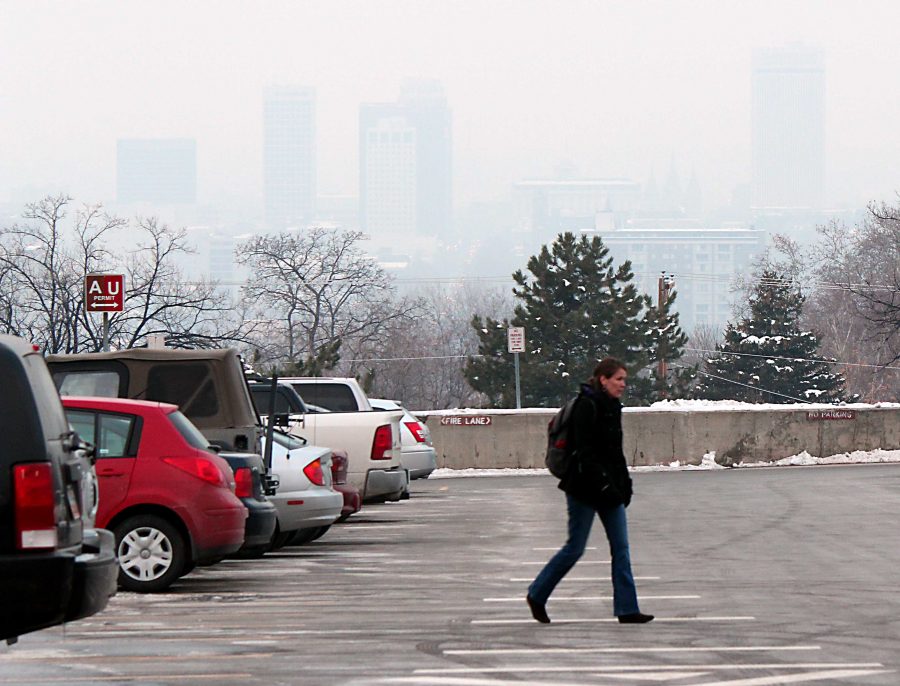The Salt Lake–Provo–Orem area took number eight on the 2018 list of highest short-term particle pollution in the nation and 18 for worst ozone by the American Lung Association. That pollution does not stop at the door.
Engineers from the University of Utah’s School of Computing and the Department of Electrical & Computer Engineering have been giving Utahns a chance to see the pollution filling their homes.
“The idea behind this study was to help people understand something about this invisible air quality in their home,” U School of Computing assistant professor and author of “Managing In-home Environments through Sensing, Annotating, and Visualizing Air Quality Data,” Jason Wiese, told UNews.
The paper was published in the “Proceedings of the ACM on Interactive, Mobile, Wearable and Ubiquitous Technologies” and was presented at the ACM International Joint Conference on Pervasive and Ubiquitous Computing in Singapore earlier this month.
With a seven-member team, they created six portable air quality monitors to measure air quality, annotate data streams and visualize real-time PM2.5 levels (MAAV). These monitors connected to an on-campus server through Wi-Fi. For 11 months sensors watched homes in Salt Lake and Utah counties.
The monitors were placed in bedrooms and kitchens, the team wanted them in busy areas families often frequent. At any time, residents of the house could see up to 30 days of data from an Amazon tablet. The data was shown on a line graph that would display sudden spikes in air pollution and would receive text updates.
Pairing the study with a Google Home speaker, residents could call out to label certain moments in the data. This feature gave participants a new look at their homes.
Throughout the study, homeowners began to avoid rooms with more pollution, open windows and in one case change their vacuuming habits.
One participant would always vacuum and clean up before their friend suffering from allergies would come over. A quick look at the MAAV data and that all changed. Vacuuming before their friend would visit did more damage than good by releasing more pollutants. Vacuuming and cooking provided some of the largest spikes in indoor pollution.
“Air quality is important, varies across time and space, and is largely invisible. Pioneering past work deploying air quality monitors in residential environments found that study participants improved their awareness of and engagement with air quality,” says the “Managing In-home Environments through Sensing, Annotating, and Visualizing Air Quality Data” abstract.
Ultimately, Wiese and his peers hope to inspire further research and air quality systems that will help homeowners keep their spaces clean and safe.
For people without a MAAV, the American Lung Association says that your home is most likely polluted if anyone smokes indoors, if you can smell mold or mildew and if humidity is regularly above 50 percent. Other things to watch out for are leaks, standing water and any fuel-burning appliances which would include gas stoves, water heaters and fireplaces which should be aired out and cleaned. Cleaning supplies, air fresheners and paints can also release harmful chemicals. One of the final tips is to simply cover and take out any kitchen and food garbage.


